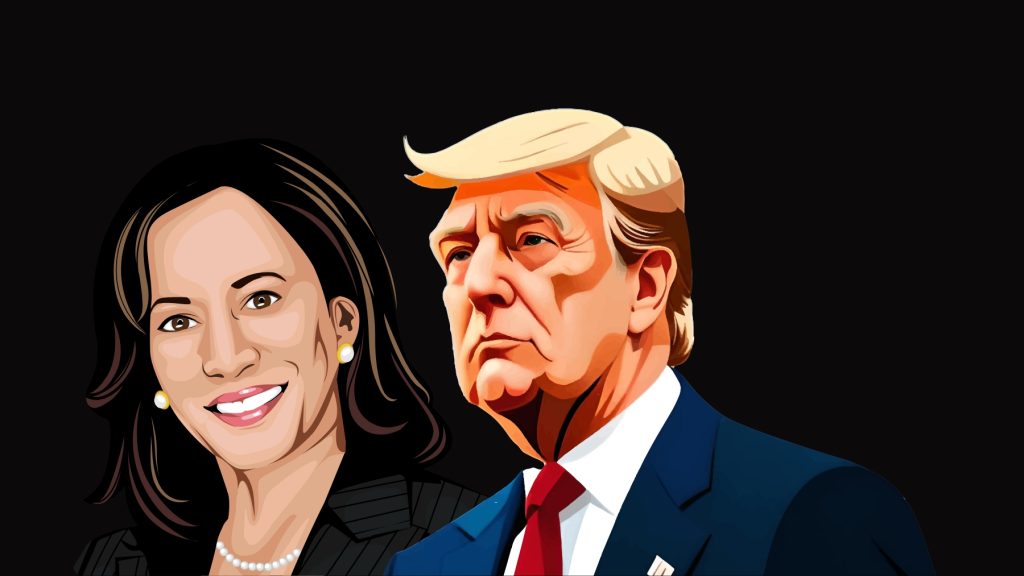
AI is increasingly discussed in daily life, but it hasn’t become a top concern for American voters, until this year with the 2024 US presidential candidates and at the global AI summit presenting different visions on what paths AI development will take if they win.
As Harris runs for President of the US, her opponent, former President Donald Trump, wants to “cancel” Biden’s AI order. Trump’s selected Vice President, Ohio Sen. JD Vance, has views of his own that were informed by his Silicon Valley connections and are pressing against the regulation of AI.
Discussions of AI have become something as integral as a daily narrative of everyone’s everyday life, but issues related to AI have not yet become a priority for American voters as both Harris and Trump battle to become America’s next President.
Trump’s View on AI
Trump signaled his intention to repeal Biden’s AI executive order which is initiating a plan to tackle climate change if re-elected, with his platform at the Republican National Convention stated, “We will repeal Joe Biden’s dangerous Executive Order that hinders AI innovation and imposes Radical Leftwing ideas on the development of this technology.”
During his presidency from 2016 till 2021 Trump signed an executive order in 2019 directing federal agencies to focus on AI research and development. Before that, his administration had not strongly pursued an AI strategy, despite calls from tech experts to do so. In 2017, then-Treasury Secretary Steven Mnuchin dismissed concerns about AI job displacement, saying it was too far in the future to worry about.
Following that, Trump’s stance evolved, and his administration acknowledged the inevitability of AI-related job displacement, calling for federal agencies to protect civil liberties and help workers gain relevant skills. In his final weeks in office, Trump signed an order in 2019 promoting “trustworthy” AI in the federal government, policies which continued under Biden.
Harris’ View on AI
Harris and the Biden administration have been trying their best when it comes to dealing with AI this was shown at the Global AI summit. After ChatGPT’s initial rollout, current Vice President Harris brought tech leaders, including Google and Microsoft, to the White House to ensure their technology does not cause harm to people’s rights and safety. Biden’s order on AI focused on the review of high-risk commercial AI systems and protection of how the government used the technology—narrower in scope than the more sweeping rules proposed by the European Union (EU).
From Silicon Valley, Harris wanted the AI ‘bill of rights’ to ensure the technology did no harm. A keynote speaker at the opening of the Global Summit on AI Safety in London, said, “We must protect the public while ensuring continued innovation.”
Harris opened the discussion about AI risks and harms and how it had to be taken on board.
Final Thoughts
While Trump’s strategy consists of minimizing regulation to push AI development, Harris stresses balancing innovation with public protection and safety. In Trump’s case, it was the AI strategy developed to acknowledge those problematic issues concerning job losses and to push further for the users trust in AI. Harris is also pushing for proactive measures and safeguards, which would be expected through her deep ties to Silicon Valley.
Could the Biden Vice President and presidential candidate’s strategy be a result of deepfakes that were targeted against her? In the case of Trump, we can fairly say it’s not the same as Harris’ strategy. 2024 is the year of elections and the year to transform AI.
Who do you think will make it?